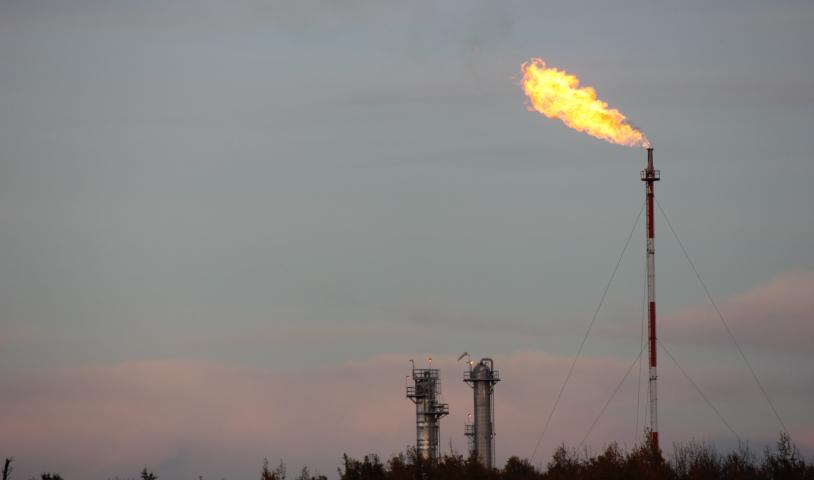Deal could harm Burrard Inlet: biologist
Friday, January 24, 2014
Biologists and environmental groups are concerned Burrard Inlet fish will be in danger from oil pipelines with a new agreement giving the National Energy Board the power to decide if they are at risk.
In mid-December, Fisheries and Oceans Canada signed a memorandum of understanding transferring responsibility to the National Energy Board for assessing possible impacts to fisheries from power lines and pipelines.
FOC staff will be notified of impacts from projects in aquatic areas only if the energy board deems they present a risk to fisheries.
Members of both the Wilderness Committee and the David Suzuki Foundation have decried the agreement.
Marine biologist Dana Haggarty studied aquatic life in Burrard Inlet — home to an oil terminal and spawning salmon — and called the new regulations “shocking.”
Haggarty said the NEB, FOC and Port of Vancouver now all have environmental jurisdiction over the inlet.
The inlet is already heavily industrialized, she warned, and increasing the number of agencies responsible for its welfare will hamper the ability to determine the cumulative impacts of pollution on fisheries.
“There’d be potentially pollution from pipelines and shipping, but then there’s all sorts of shipping traffic and sewage outfalls and runoff from land,” she said. “All of those other kinds of sources are also going into Burrard Inlet.”
Proposed is the twinning of an existing pipeline that brings oil from Alberta to the Westridge Terminal in Burnaby on the inlet. Environmentalists have said the recent MOU was designed to push through the project.
But Stacey Squires of the Alberta-based NEB said the change will enhance the process, not damage its integrity.
“We have environmental staff of all nature ... part of our staff includes those with aquatic expertise,” Squires said. “This is just a streamlining of assessments.”
Squires said additional resources have also been added to deal with the new responsibilities.
Haggarty said a surprising number of salmon swim through the inlet to spawn and worries how such fractured oversight will affect them.
“The reason the NEB exists is to regulate pipelines, energy and development and develop trade,” said Haggarty. “There’s nothing in any of that about the protection of fish and fish habitat and fisheries, which is of course what (federal fisheries’) mandate is.”





